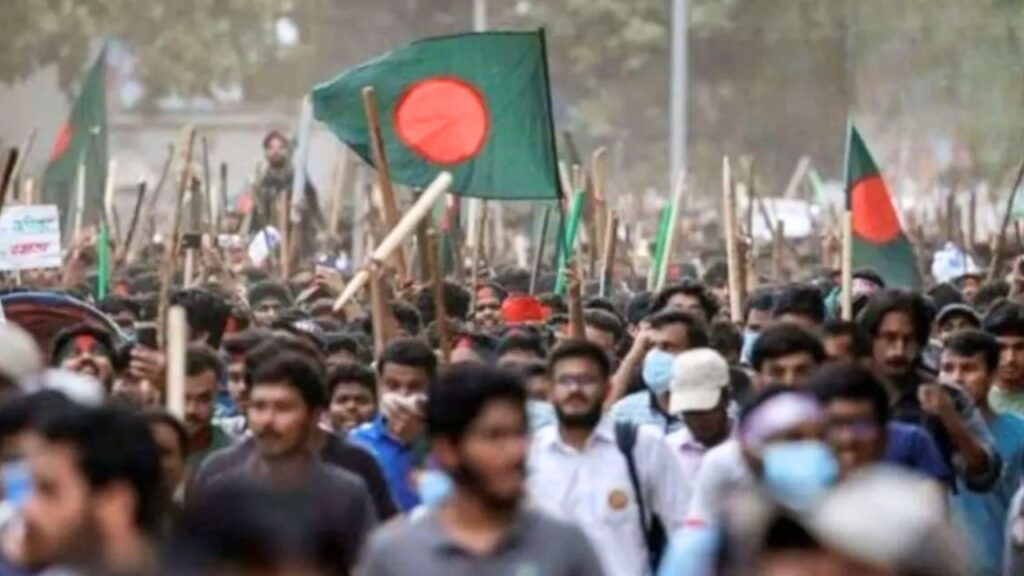The textile industry in Bangladesh, a crucial pillar of its economy, is facing a severe crisis caused by violent protests, devastating floods, and political unrest. This turmoil has jeopardized the growth of the region and its global outreach. As the textile sector accounts for over 80% of the country’s export revenue and contributes approximately 11% to its Gross Domestic Product (GDP), its instability poses a significant threat to economic stability.
Economic Losses Exceed 4,500 Crore Rupees
In the wake of two months of protests, curfews, and violence, the operational capacity of factories has been severely disrupted, leading to significant economic losses. According to the Bangladesh Garment Manufacturers and Exporters Association (BGMEA), the financial impact is estimated to be around 6,400 crore Taka (approximately 4,500 crore Rupees) due to factory shutdowns and communication disruptions.
Protests Spark Political Changes
The unrest reached a peak when Prime Minister Sheikh Hasina resigned on August 5 in response to widespread protests against the reservation system. Following her resignation, she fled to India, and she is currently residing there. This political shift has further exacerbated the challenges faced by the textile industry, as stability is vital for attracting investment.
The Textile Industry’s Challenges
According to the newly elected president of BGMEA, Khandoker Rafiq-ul Islam, achieving the export target of approximately $45 billion for this year seems unfeasible. He remains hopeful, suggesting that this is not a permanent setback, and they will recover from it. However, the long-term effects of both the unrest and natural disasters are yet to be fully assessed.
Impact on Production and Supply Chains
Former Minister and BGMEA President Ghulam Sarwar Milan echoed similar sentiments, highlighting the severe impact of political instability and flooding on the textile sector. Production levels have reportedly declined by 15-20% compared to the same period last year. Many orders have been disrupted as investors are hesitant to make new investments, leading to a decline in overall production. Smaller units have either shut down or are working on contracts with larger firms, struggling to maintain viability.
Factory Closures and Future Outlook
Sources from BGMEA indicate that out of approximately 3,000 textile factories in Bangladesh, around 800-900 have closed since the previous year. While larger factories have managed to survive, the smaller and medium-sized enterprises bear the brunt of the crisis. If the current situation persists, the outlook may further deteriorate, resulting in more closures and a deeper economic impact.
Factors Contributing to the Crisis
| Factors | Impact |
|---|---|
| Political Unrest | Factory operations disrupted, investor hesitation |
| Naturals Disasters (Floods) | Supply chain interruptions, reduced production capacity |
| Economic Instability | Projected lower exports, increased factory closures |
| Small & Medium Enterprises | Significant closures, reliance on larger firms |
Conclusion
The ongoing turmoil in Bangladesh’s textile industry presents profound challenges not just for local businesses but also for the millions of workers dependent on this sector. Addressing the underlying political and economic issues will be critical in revitalizing this vital industry and restoring its position in the global market.

